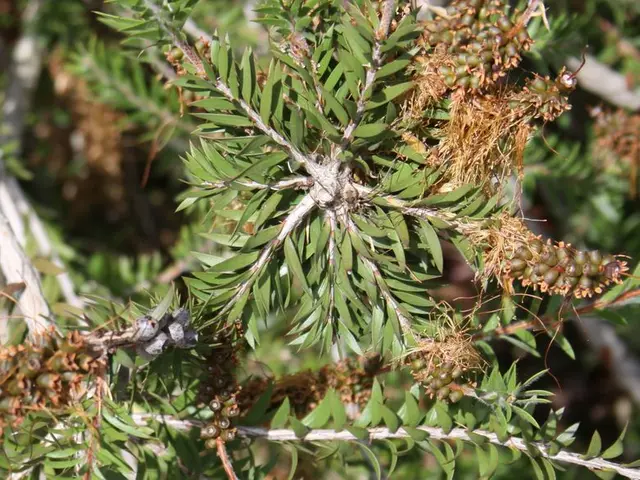Uncovering and Utilizing Speedwell: A Comprehensive Guide
Speedwell, a genus of approximately 500 species of plants, has a long and varied history. Originating from various parts of the world, some species are native to North America while others were introduced from Europe.
One of the most notable characteristics of Speedwell is its adaptability. These plants can be found growing in a wide range of environments, from moist areas like bottomlands, stream banks, and wetlands, to disturbed areas like waste places, gardens, lawns, and pastures. They even thrive in cool, moist weather, particularly in spring, and can be found growing in gardens worldwide.
Speedwell plants are easily recognisable by their green leaves, typically 1/2 to 2 inches long, with ovate shapes that may be broader or more elongated depending on the species. The leaves are often toothed or minutely toothed along the edges. The flowers, which may be white, blue, purple, or pink, with a light blue or blue-purple common among many wild species, typically have four rounded petals and are generally 1/4 to 1/2 inch in diameter. Speedwell stems are round and can grow up to 4 feet, sometimes smooth and other times hairy.
Speedwell is often mistaken for other plants, such as American Skullcap, Ground Ivy, or purple-flowering species of Salvia. However, with its distinctive features, it is not hard to identify this versatile plant.
In addition to its aesthetic appeal, Speedwell has a long history of medicinal use. It has been traditionally used to treat a variety of ailments, including coughs, congestions, sore throats, swelling, edema, digestive issues, kidney problems, gout, ulcers, and high blood pressure. Some research has indicated that Speedwell has anti-inflammatory, antimicrobial, and antioxidant properties, making it a promising candidate for future medicinal applications.
A 2015 study found that Speedwell extract has the potential as an anti-wrinkle agent for human skin, while another study suggested that its antiviral properties make it a promising candidate for treating drug-resistant strains of the herpes viral infection.
Speedwell is not only medicinal but also edible. The flowers, young shoots, and leaves of Speedwell are commonly used in various culinary applications. It is even used medicinally as a tea.
Speedwell is an attractive ornamental for the garden, with many cultivars available today with showy flower spikes. During the Victorian era, it was cultivated as an ornamental plant in formal gardens primarily in the United Kingdom and Germany.
In conclusion, Speedwell is a versatile plant with a rich history. Its adaptability, aesthetic appeal, and potential medicinal and culinary uses make it a valuable addition to any garden or natural environment.







